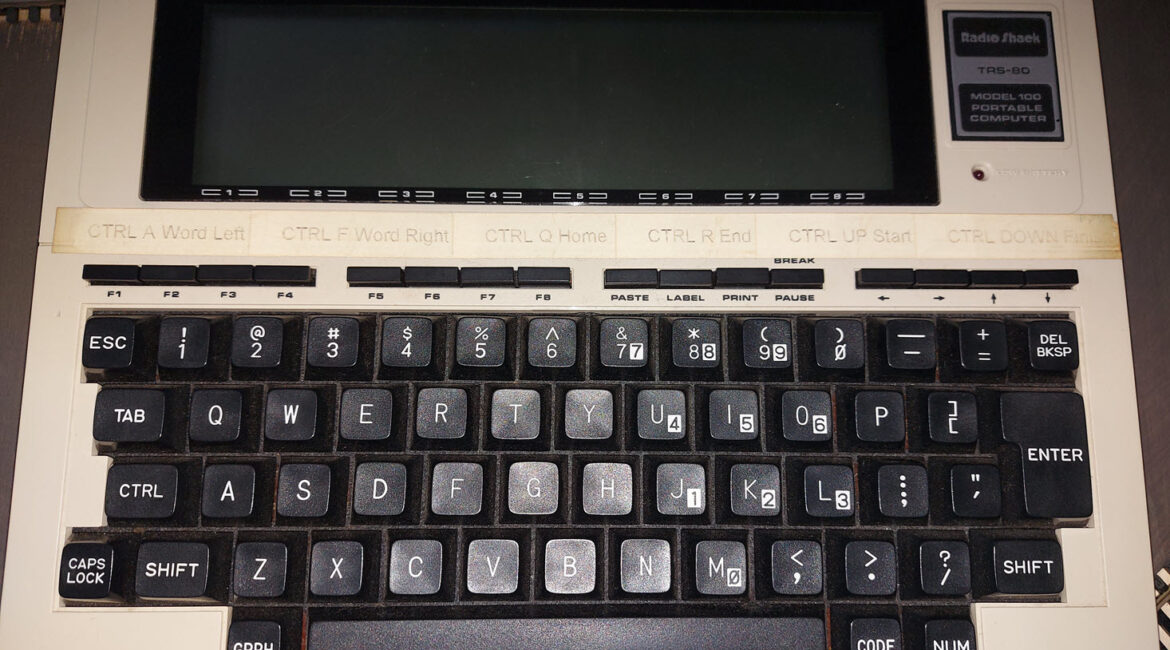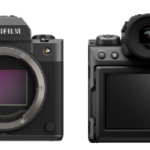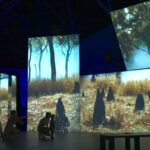When it comes to technology, I am a child of the 70s; that is, I had my first taste of tech in my teens when I bought what was possibly the first digital watch on the market. It had a black face and when you pressed the button on the side, a red neon display lit up showing the time.
That is all it did – not even the date as I recall – but in 1975 it cost be $85 from Myers, and that was a week’s wages back then!
Ever since that first watch, I have been fascinated by technology and what it can do, not only in its functionality, but how it can be used.
This is all a lead into a new segment I am including in Creative Content called Tech Flashback.
In a time when we seem to be nostalgic about the past in many ways (we don’t tend to remember the bad times it is fair to say), I think it is also important to remember where it all came from. And not just the successes, but also the failures, as these have collectively mapped out the tech we use today and, in many cases, we simply take for granted.
My first look back is at one of my fondest devices over the last 50 odd I have been fascinated by technology.
Called the TRS-80 Model 100, this Tandy (Radio Shack) computer was ground breaking at the time, and it may surprise you to know that even if you have the fastest and best PC on the market today, it will probably still “talk” to the TRS-80 Model 100 via a simple old fashioned industry standard cable.
Initially designed by the company Kyocera in Japan (they also make printers), the Model 100 was also available in other guises as the NEC 8201 and Olivetti M10 branding. The innards were pretty much the same in all three, but the Tandy version had a much better keyboard in my opinion. And due to the Tandy / Radio Shack reach, globally sold far, far more than the others.
(At one point there were more Tandy / Radio Shack stores than McDonalds believe it or not).
It sold for AUD$699 back in the early 1980s, and as the Manager of the Subiaco branch of the Tandy Computer Centre in Perth, Western Australia, I sold dozens and dozens of them.
So what was the TRS-80 Model 100 exactly?
The Model 100 was effectively the “first” real laptop computer. Sporting a full-size QWERTY keyboard, the display was a 40 character by 8-line monochrome LCD, reportedly the biggest LCD ever manufactured to that point.
The processor used was the 80C85 (the same family as the IBM PC had I believe) and was actually the same processor used to power a NASA Mars Rover I am told.
Built in programs (some allegedly written by Bill Gates himself as Microsoft wrote the operating system sitting in ROM – Read Only Memory) included a basic word processor, address book, diary, telecoms package and importantly, a version of the BASIC computer language allowing you to write your own applications using the supplied 24K RAM. There was also a cheaper 8K version of the Model 100, but understandably that didn’t sell very well. An upgrade that also fixed a date bug, the Model 102, was a bit physically thinner, but in my experience, customers much preferred the 100 version.
The built in BASIC functionality alone spawned a huge market of 3rd party programs and accessories – think today’s “apps” for smartphones. There were even bar code reading programs as the Model 100 had a built-in bar code reader port and a reader was an easily available accessory.
Other outside communication was via a standard parallel port for printing, an RS-232C port for serial communications (the 1980s “USB” if you like) and a cassette port for external storage of programs and / or data. Additionally, a 300 baud modem was built into the Model 100 as standard.
So how was it powered? The advent of what we would call a laptop today was still a little in the future as battery technology was still in its infancy. You could get a 6v transformer for the Model 100, but, and this might be hard to believe, the whole thing ran on 4 x “A” batteries plus there was an internal battery to power just the memory if the AA’s ran out of electricities.
My own Model 100 which is still going strong has often run for over a year on those 4 AA’s!
A later version, the Model 200 had a larger hinged LCD and also came with a basic version of Microsoft’s Multiplan spreadsheet program.
By that time I had left Tandy, joining the big, bad IBM PC world for an albeit short time, selling Olivetti M24s, but I still remember those early days pre-IBM PC very fondly as they were true days of innovation. The launch of the IBM PC turned the “personal” computing industry into an almost vanilla-like world full of beige look alikes.

There were some software developments for sure, but nothing was really new. The Lotus 1-2-3 spreadsheet that was the making of the IBM was still Visicalc at heart, the first spreadsheet developed on Tandy and Apple computers, but with pictures and the MultiMate word processor was a sophisticated version of Word Star. dBase II was still the database of choice, despite needing extensive programming knowledge to make it work.
The TRS-80 Model 100 on the other hand worked right out of the box and did exactly what it said on the tin as they say. But if you did want to tinker, and a lot of people did, you could write your own programs using the supplied reference guide, and there was even a Tech Ref manual available to get to the insides for those so inclined.
I still love it!







Hi David
Although I will never have the dollars or the need unfortunately, to become an owner of the vast majority of what you write about, I still enjoy reading about it all.
I think, given your level of experience and expertise, this ‘series’ will be very popular. I loved it as I’m sure many others will.
Thank you for still taking the time to produce your newsletter, which is obviously such a passionate subject for you which you can still enjoy. At an age, if I may, that most others shy away from keeping up with.
It is all much appreciated. Thanks.
Thank you so much Phil, that is greatly appreciated. Yes, I have been around a while when I think about it.,and seen a LOT of change. In many respects, what I have been lucky enough to experience in technology terms is akin to the massive change in flying from the hot air balloon to the landings on Mars by robots!
I think it is important that people do understand where it all came from / began, as this gives a better insight into how to use it and improve it too.
Hey David, my first experience got me hooked too! In the UK I bought a “Sinclair” (you either went Sinclair or Atari). I bought it for my boys but they weren’t really interested so I took it over. It was as will know just a keyboard that connected to the TV, pretty good huh?? It was great for early programming and I designed a sort of Cardex system online. It was to support a Community Care group find contacts that would do little jobs referred to us. A call would come in for someone to go get some shopping or prescriptions or Library books etc. My job then would be to identify suitable volunteers to do the job on a particular day. So maybe a Tuesday morning volunteer could do the job etc etc. It worked really well as I was on phone duty one day a week like others, to receive referrals and find appropriate volunteers.
Now I know you’re all on the edge of your seats here, but we’re talking little 1970’s Sinclair and a TV. I think we’re been trying to get back to those relatively simple days ever since!! Just think if I’d stayed on this career path where I would have been by now. That’s life eh??
I am of the same base vintage starting with a Tandy Model 1 4K in around 1979 off memory. I reckon it was good grounding as because memory was so tight and valuable, we learnt to create equally tight code, unlike later days when lazy coders just wrote around bugs.